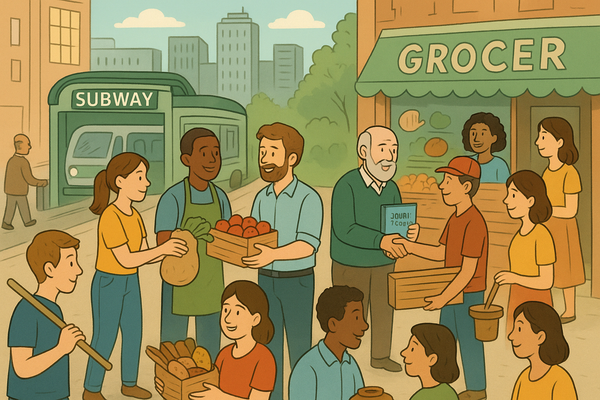FAQs About Wine

Wine is more than just a drink—it's culture, history, and art in a glass. Whether you're a beginner or a connoisseur, here are the most asked questions about wine from around the world.
1. What is wine made from?
Wine is primarily made from fermented grapes. However, some varieties are also made from other fruits like apples, plums, or cherries. The type of grape and fermentation process significantly influence the wine’s flavor and aroma.
2. What are the main types of wine?
The five main types of wine are:
- Red Wine
- White Wine
- Rosé Wine
- Sparkling Wine (e.g., Champagne)
- Dessert or Fortified Wine (e.g., Port, Sherry)
3. What’s the difference between red and white wine?
Red wine is made using dark-colored grapes and includes the grape skins in the fermentation process, which adds tannins and color. White wine uses green or light-colored grapes and typically excludes skins during fermentation.
4. What is rosé wine?
Rosé is made from red grapes but only has brief contact with grape skins, giving it its pink hue. It’s known for being light, fruity, and refreshing.
5. How should wine be stored?
Wine should be stored in a cool, dark place with a stable temperature (ideally 12–15°C or 55–59°F). Bottles should be kept horizontally to keep the cork moist, preventing air from entering.
6. What does “vintage” mean in wine?
“Vintage” refers to the year the grapes were harvested. A good vintage indicates favorable growing conditions, which can affect the wine’s quality and price.
7. Does older wine taste better?
Not always. While some wines improve with age, most wines are meant to be consumed within a few years of production. Only specific types, like fine red Bordeaux or Barolo, benefit from long aging.
8. What food pairs well with wine?
Food and wine pairings depend on flavors and textures:
- Red wine with red meats and rich dishes
- White wine with seafood, poultry, and creamy sauces
- Sparkling wine with salty or fried foods
- Sweet wines with desserts or spicy cuisines
9. How do I read a wine label?
Wine labels usually include the producer’s name, region, vintage year, grape variety, and alcohol percentage. European wines often list the region (e.g., Bordeaux), while New World wines list the grape type (e.g., Cabernet Sauvignon).
10. What does “body” mean in wine?
The body refers to how heavy or light the wine feels in your mouth. It’s influenced by alcohol, sugar, and tannin levels. Wines can be light-bodied (e.g., Pinot Grigio), medium-bodied, or full-bodied (e.g., Cabernet Sauvignon).
11. What are tannins?
Tannins are natural compounds found in grape skins, seeds, and stems. They give wine structure and astringency. High-tannin wines feel dry and puckery on the palate.
12. Is wine healthy?
Moderate wine consumption, especially red wine, has been linked to potential health benefits due to antioxidants like resveratrol. However, excessive drinking poses health risks.
13. What is the ideal serving temperature for wine?
- Red wine: 60–65°F (15–18°C)
- White wine: 45–50°F (7–10°C)
- Sparkling wine: 40–45°F (4–7°C)
14. Can wine go bad?
Yes. Wine can spoil if exposed to oxygen, heat, or light for too long. Signs include vinegar smell, flat taste, or cloudy appearance.
15. What is organic or natural wine?
Organic wine is made from organically grown grapes without synthetic pesticides. Natural wine is often minimally processed, with little or no added sulfites.
16. What is the difference between Champagne and sparkling wine?
Champagne is a type of sparkling wine from the Champagne region of France. Sparkling wines from other regions cannot legally be called Champagne, even if made with the same method.
17. Is there alcohol-free wine?
Yes, there are non-alcoholic wines made by removing the alcohol after fermentation. These are ideal for those who want the taste without the alcohol.
Final Thoughts
Wine is as complex as it is delightful. Whether you're toasting a celebration or savoring a quiet evening, understanding wine enhances the experience. With roots across cultures and continents, it’s a truly global drink.




